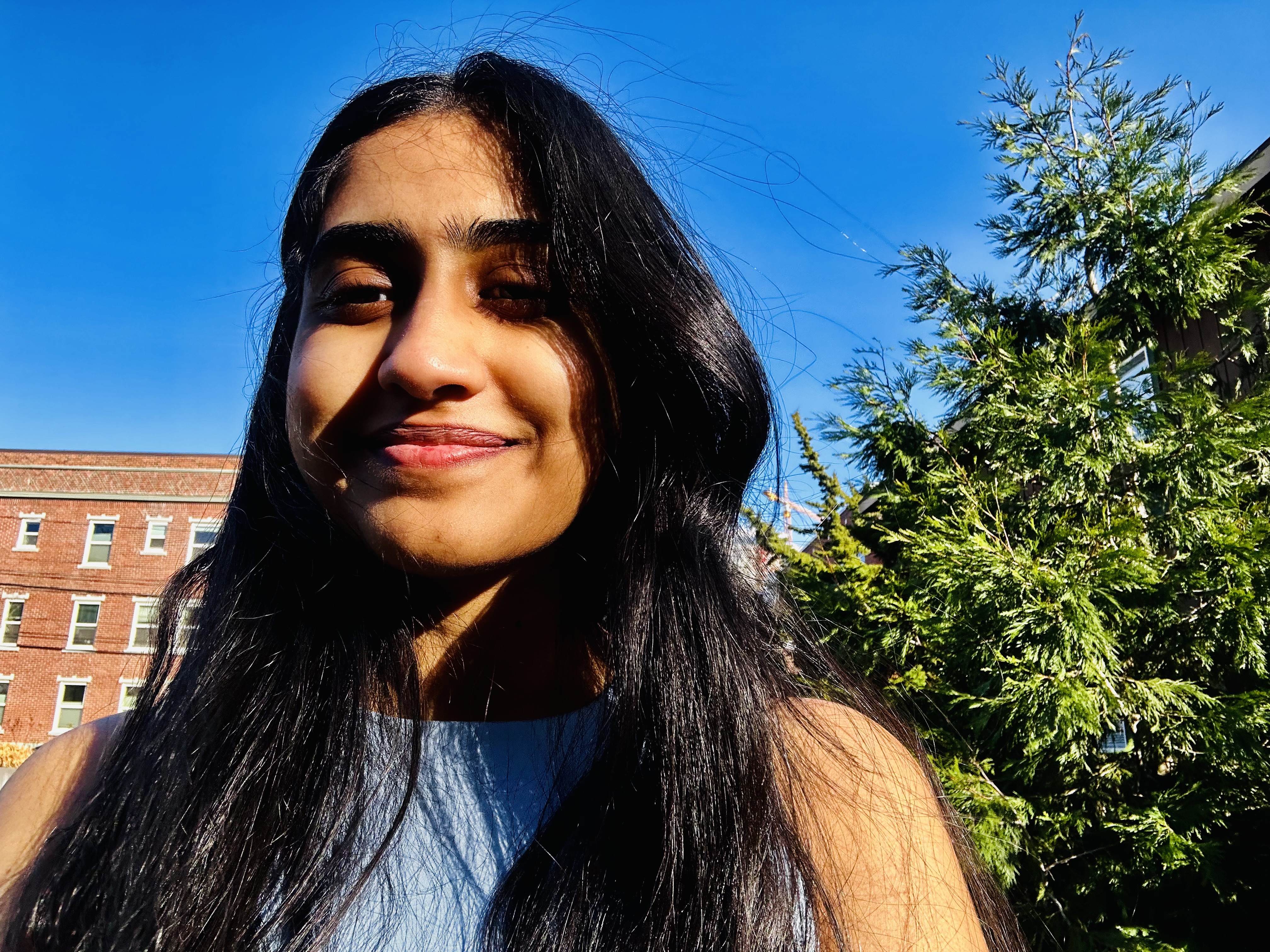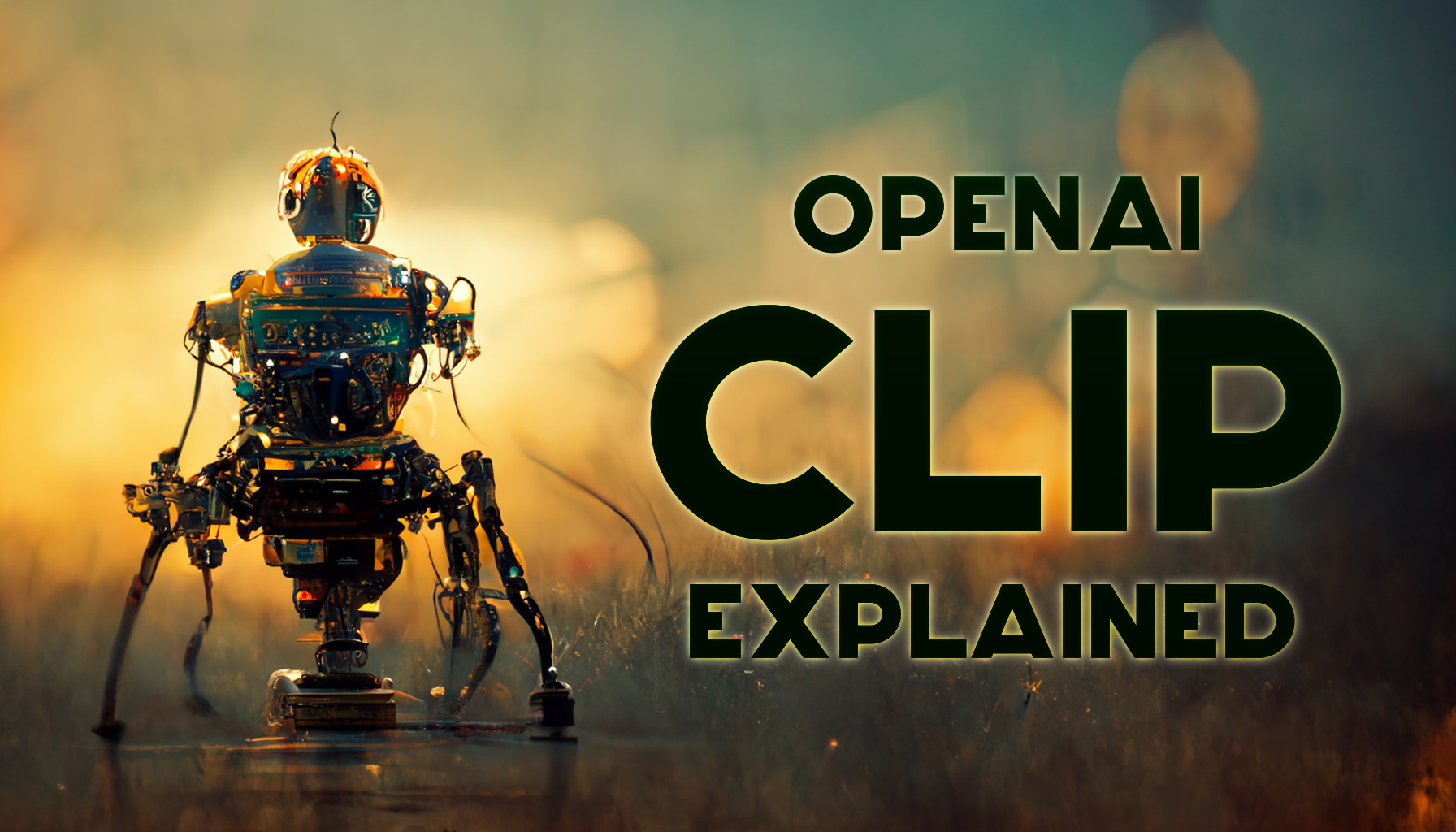OpenAI CLIP: Revolutionizing Visual Understanding Through Cross-Modal AI
 Jessica Anna James
Jessica Anna James
In recent years, advancements in artificial intelligence have led to remarkable breakthroughs in various domains. OpenAI, a leading AI research organization, has been at the forefront of these innovations. One such groundbreaking creation is the OpenAI CLIP (Contrastive Language-Image Pretraining). CLIP represents a significant leap forward in visual understanding, enabling machines to comprehend images in a manner that was previously thought to be exclusive to humans. In this blog, we will explore the fascinating capabilities of CLIP and delve into its potential applications across different industries.
Understanding CLIP
OpenAI CLIP is an AI model that connects images and their textual descriptions establishing a powerful cross-modal understanding. Unlike traditional computer vision models that rely solely on pixel patterns and feature extraction, CLIP leverages the power of language and vision. By learning from an extensive dataset containing image-text pairs, CLIP acquires the ability to associate images with relevant textual descriptions, thereby bridging the semantic gap between the two modalities.
Training Process:
CLIPS's training process involves a large-scale dataset of over 400 million image-text pairs collected from the internet. By using a variant of the Vision Transformer architecture, CLIP learns to associate images with their corresponding textual descriptions. this training process utilizes a contrastive loss function that maximizes the similarity between the image and unrelated text.
Capabilities and Applications:
1) Zero-Shot Image Classification
One of the remarkable capabilities of CLIP is zero-shot image classification. By providing CLIP with a textual prompt, it can accurately categorize images without any specific training for a particular class, For example, by instructing CLIP to "a photo of a golden retriever playing fetch ", it can identify and classify relevant images, even if it has never encountered a golden retriever before. This versatility makes CLIP a valuable tool in various applications, such as content moderation, image retrieval, and much more.
2) Cross-Modal Retrieval:
CLIP's cross-modal retrieval capability allows it to perform searches across different modalities. By providing either an image or textual prompt, CLIP can retrieve relevant matches from the other modality. This functionality has profound implications for applications like visual search, recommendation systems and content organization.
3) Text-to-Image Generation
CLIP not only understands the relation between images and text but can also generate images based on textual descriptions, By providing a prompt like " a bird with vibrant plumage perched on a branch", CLIP can generate a plausible image that matches the descriptor. This opens up possibilities in creative applications, design, and content creation.
4) Bias Mitigation:
OpenAI CLIP also addresses the critical issue of bias in AI systems. By training on a diverse dataset, CLIP aims to mitigate biases present in both images and textual descriptions. This focus on fairness and inclusivity is a significant step towards creating AI models that are more representative and less discriminatory.
Limitations and Future Directions
While CLIP showcases tremendous potential, it is not without its limitations, CLIP's performance heavily relies on the quality and biases within the training dataset. It may struggle with rare and highly specific concepts that are underrepresented in the training data. Moreover, CLIP's capabilities in understanding complex and abstract concepts are still evolving.
OpenAI CLIP represents a groundbreaking achievement in the realm of visual understanding. By seamlessly connecting images and text, CLIP has paved the way for a new era of cross-modal AI capabilities.
Subscribe to my newsletter
Read articles from Jessica Anna James directly inside your inbox. Subscribe to the newsletter, and don't miss out.
Written by

Jessica Anna James
Jessica Anna James
Welcome to my world of data exploration! I'm Jessica Anna James, a passionate Data Scientist specializing in Computer Vision and Natural Language Processing. Currently pursuing my graduate studies in Data Analytics Engineering at Northeastern University Seattle, my journey in data science has been a thrilling adventure. With expertise in machine learning, deep learning, and transformer-based NLP models, I've crafted innovative solutions, from Computer Vision identity verification to text summarization and machine translation. Join me on my blogging journey as I unravel the intricacies of data science, AI/ML technologies, and NLP techniques. Let's dive into the fascinating world of data together!"